
Chris Hoffman
Contributing since August, 2010
-
2888articles
Page 111
About Chris Hoffman
Chris Hoffman is the former Editor-in-Chief of How-To Geek. Chris has personally written over 2,000 articles that have been read more than one billion times---and that's just here at How-To Geek.
With over a decade of writing experience in the field of technology, Chris has written for a variety of publications including The New York Times, Reader's Digest, IDG's PCWorld, Digital Trends, and MakeUseOf. Beyond the web, his work has appeared in the print edition of The New York Times (September 9, 2019) and in PCWorld's print magazines, specifically in the August 2013 and July 2013 editions, where his story was on the cover. He also wrote the USA's most-saved article of 2021, according to Pocket.
Chris was a PCWorld columnist for two years. He founded PCWorld's "World Beyond Windows" column, which covered the latest developments in open-source operating systems like Linux and Chrome OS. Beyond the column, he wrote about everything from Windows to tech travel tips.
The news he's broken has been covered by outlets like the BBC, The Verge, Slate, Gizmodo, Engadget, TechCrunch, Digital Trends, ZDNet, The Next Web, and Techmeme. Instructional tutorials he's written have been linked to by organizations like The New York Times, Wirecutter, Lifehacker, the BBC, CNET, Ars Technica, and John Gruber's Daring Fireball. His roundups of new features in Windows 10 updates have been called "the most detailed, useful Windows version previews of anyone on the web" and covered by prominent Windows journalists like Paul Thurrott and Mary Jo Foley on TWiT's Windows Weekly. His work has even appeared on the front page of Reddit.
Articles he's written have been used as a source for everything from books like Team Human by Douglas Rushkoff, media theory professor at the City University of New York's Queens College and CNN contributor, to university textbooks and even late-night TV shows like Comedy Central's @midnight with Chris Hardwick.
Starting in 2015, Chris attended the Computer Electronics Show (CES) in Las Vegas for five years running. At CES 2018, he broke the news about Kodak's "KashMiner" Bitcoin mining scheme with a viral tweet. A wave of negative publicity ensued, with coverage on BuzzFeed News, CNBC, the BBC, and TechCrunch. The company's project was later reportedly shut down by the U.S. Securities and Exchange Commission.
In addition to his extensive writing experience, Chris has been interviewed as a technology expert on TV news and radio shows. He gave advice on dark web scans on Miami's NBC 6, discussed Windows XP's demise on WGN-TV's Midday News in Chicago, and shared his CES experiences on WJR-AM's Guy Gordon Show in Detroit.
Chris also ran MakeUseOf's email newsletter for two years. Nearly 400,000 subscribers received the newsletter complete with a handwritten tip every day.
Latest Articles
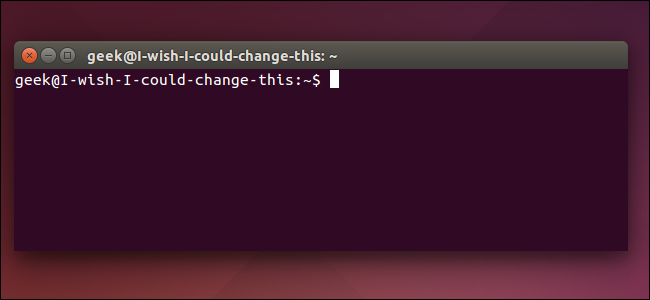
How to Change Your Hostname (Computer Name) on Ubuntu Linux
Ubuntu asks you to choose a name for your computer -- known as a "hostname" -- when you install it.
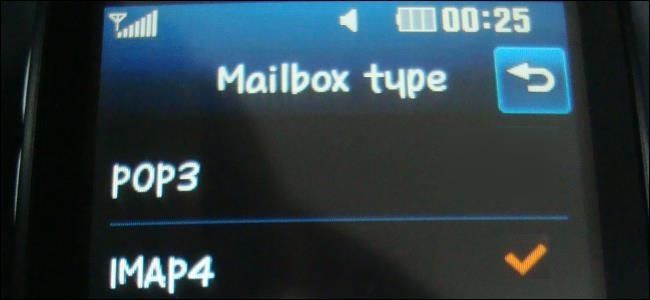
Email Basics: POP3 is Outdated; Please Switch to IMAP Today
When it comes to accessing your email, POP3 vs.

3 Tools to Make Your Mac's Hardware Work Better in Windows with Boot Camp
Windows runs well in Boot Camp on a Mac -- mostly.
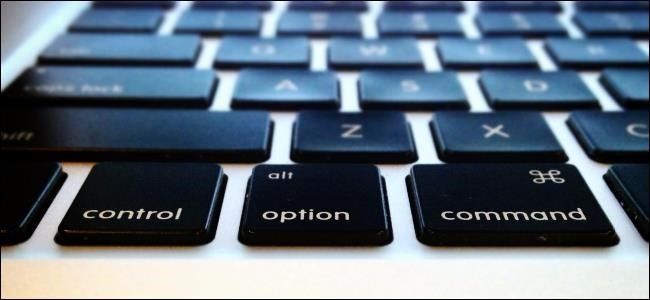
How to Remap Windows Keyboard Shortcuts in Boot Camp on a Mac
A Mac's keyboard layout just isn't quite right for Windows.
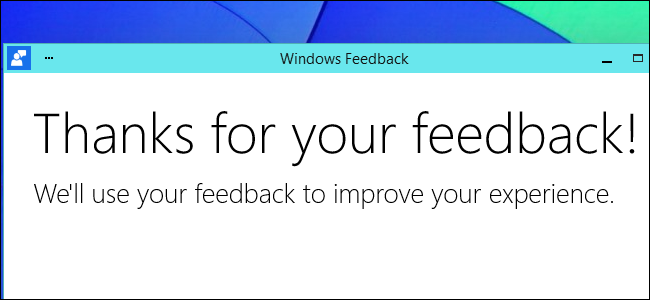
How to Send Feedback to Microsoft in the Windows 10 Technical Preview
Microsoft wants your feedback about Windows 10 -- really, they need it.
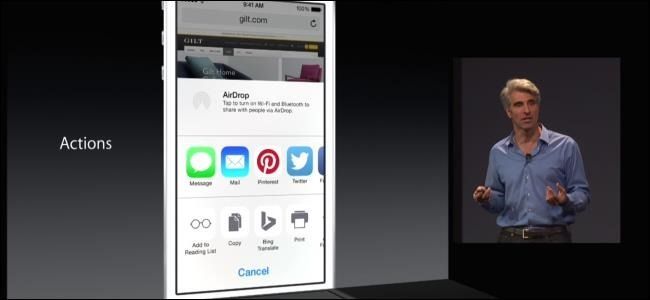
How to Use App Extensions on an iPhone or iPad With iOS 8
App extensions allow you to extend iOS's Share menu with any service you like, add browser actions to Safari or Chrome, use custom photo-editing tools in the Photos app, and integrate cloud storage services with any app.
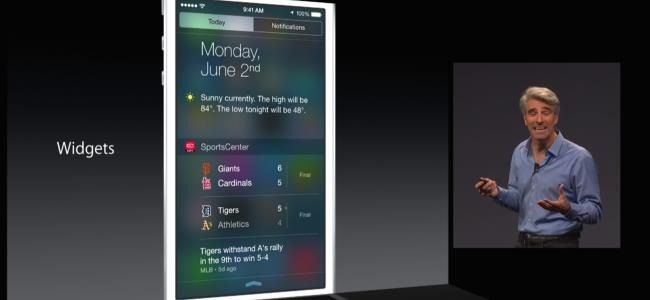
How to Use Widgets on an iPhone or iPad With iOS 8
iPhones and iPads can now use widgets thanks to iOS 8.
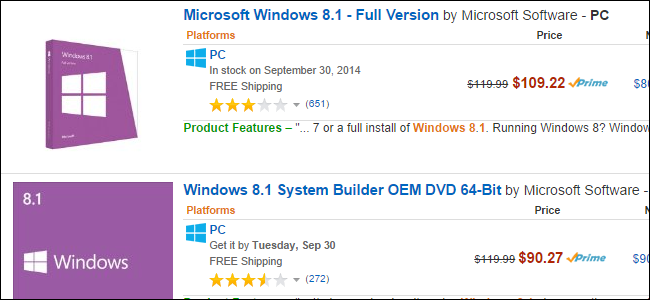
Microsoft is Misleading Consumers With Windows 8.1 System Builder Licensing
If you've purchased a "System Builder" OEM copy of Windows 8.
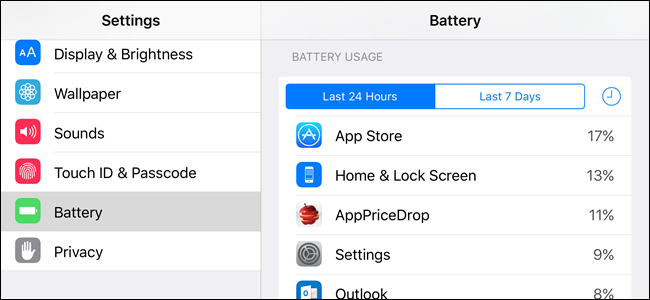
How to See Which Apps Are Draining Your Battery on an iPhone or iPad
Since iOS 8, you can now see which apps are draining your battery the most.

Your Devices Broadcast Unique Numbers, and They're Being Used to Track You
Your smartphone -- and other devices that use Wi-Fi -- broadcast a unique number when they search for nearby Wi-Fi networks.
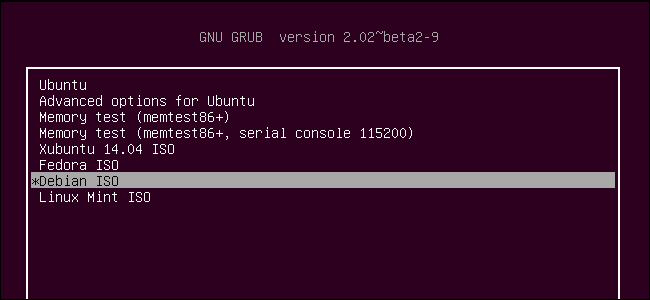
How to Boot Linux ISO Images Directly From Your Hard Drive
Linux's GRUB2 boot loader can boot Linux ISO files directly from your hard drive.
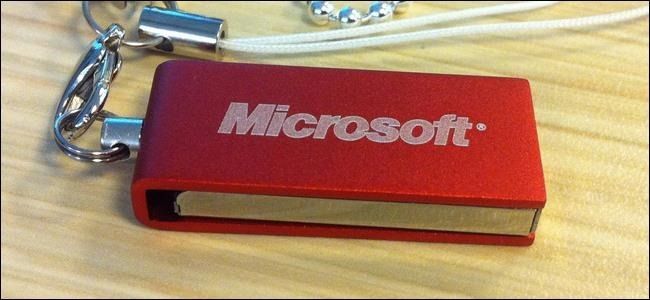
How to Create a Windows To Go USB Drive Without the Enterprise Edition
Microsoft's Windows To Go feature installs Windows as a live system on a bootable USB drive.
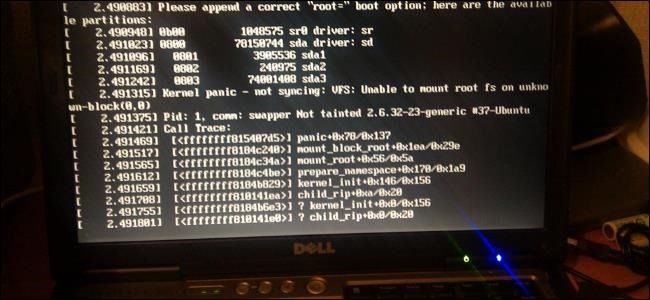
How to Fix an Ubuntu System When It Won't Boot
Ubuntu doesn't offer the Safe Mode and Automatic Repair tools you'll find in Windows, but it does offer a recovery menu and a reinstall option that keeps your files and programs.
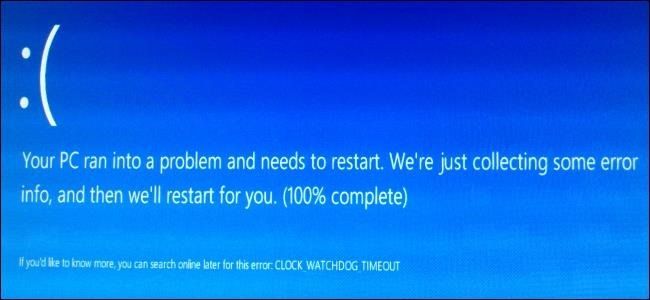
Windows Memory Dumps: What Exactly Are They For?
When Windows blue-screens, it creates memory dump files -- also known as crash dumps.
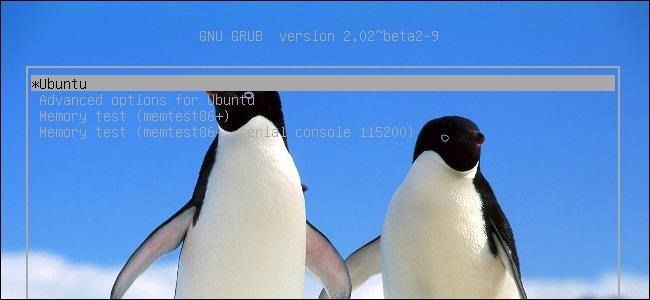
How to Configure the GRUB2 Boot Loader's Settings
Ubuntu and most other Linux distributions now use the GRUB2 boot loader.
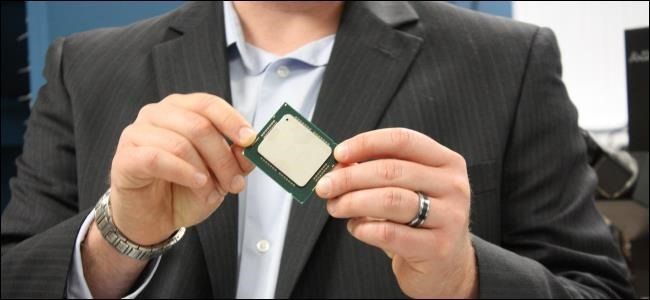
Why You Probably Don't Want to Pay Extra for a Faster CPU in Your Laptop or Tablet
When you buy a new laptop or tablet, you'll often be able to "customize" it by paying extra for a faster CPU.
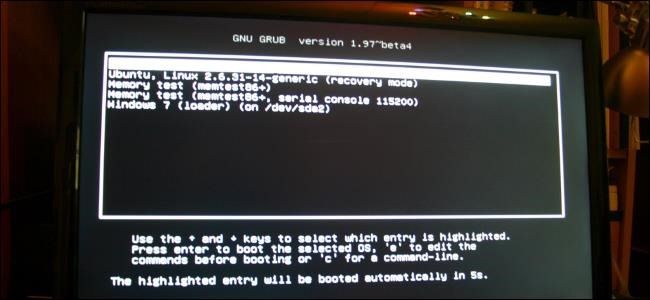
GRUB2 101: How to Access and Use Your Linux Distribution's Boot Loader
Ubuntu and practically every other Linux distribution use the GRUB2 boot loader.
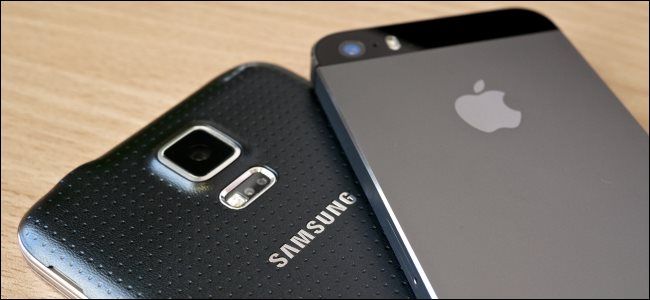
Why You Don't Need an Expensive Smartphone Anymore
Until recently, you needed to spend hundreds of dollars -- often $649 or "$199 with a two year contract" -- to get a smartphone with good performance that could run the latest apps.

How to Share Files and Folders From Your Cloud Storage Folder
Cloud storage isn't just for your own personal files.
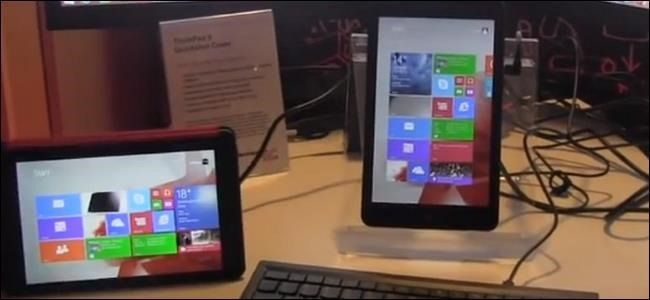
WIMBoot Explained: How Windows Can Now Fit on a Tiny 16 GB Drive
Microsoft once claimed the original 64 GB Surface Pro would have only 23 GB of usable free space -- that's more than half used for system files! But Windows now fits on 16 GB drives.
